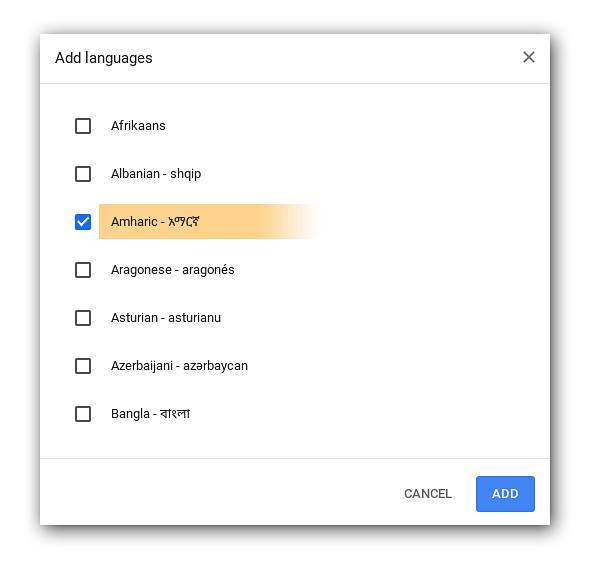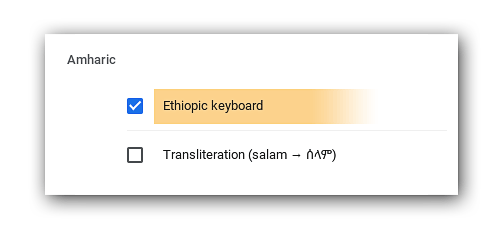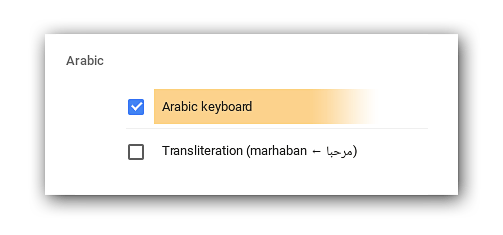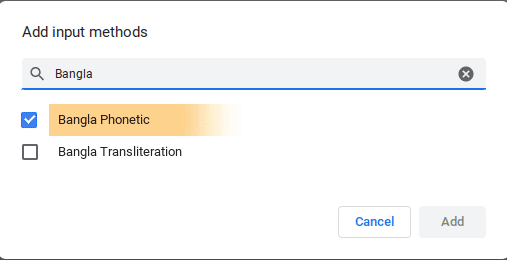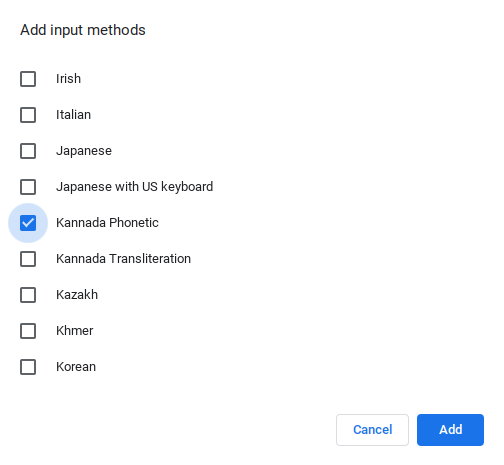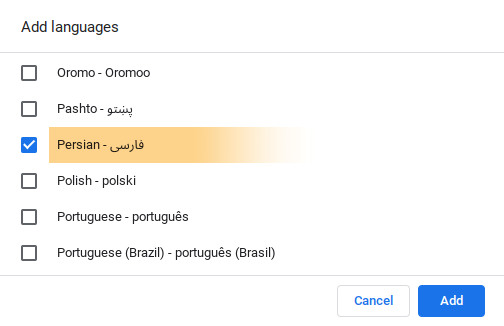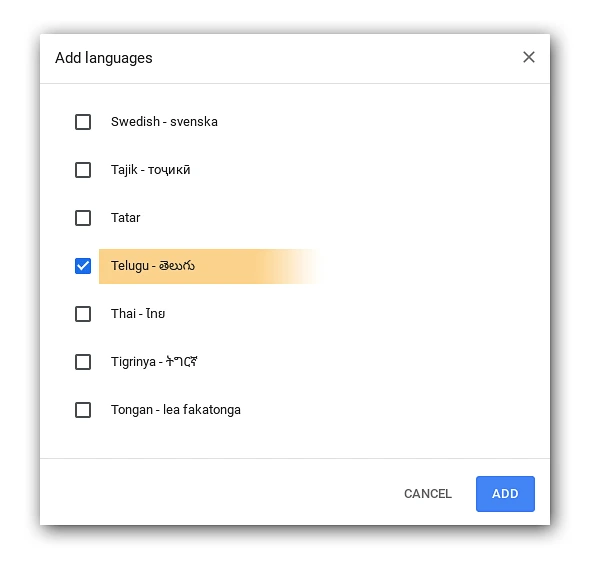Google Input Tools – Chrome Extension
Google Input Tools is a quick and easy option for activating web-based virtual language keyboards inside the Chrome browser. Google Input Tools provides virtual language keyboards that test takers may find easier to use compared to what the Chrome OS provides.
Chrome OS – Virtual Keyboard Instructions
There are 3 steps needed to load virtual keyboards and type in the desired language.
Step 1. Activate the Language and Keyboard in the System. This is explained further below for each language
Step 2. Switch to the Desired Language
Step 3. Type in the Desired Language
Step 1. Activate the Language and Keyboard in the System
- Click on your account in the tray in the lower-right corner and select Settings.

- Under Device click on Keyboard.

- Scroll down and click on Change input settings.

- Under Input methods click on Add input methods.

- Select the checkbox next to the language(s) you wish to add and click Add.

- Close Settings.
Step 2. Switch to the Desired Keyboard
- After activating an additional language keyboard you should see US in the tray directly to the left of your account picture. Click that, then click US keyboard and select the desired keyboard to use.
- Note: Quickly switch between activated language keyboards by pressing Ctrl + Shift + Space.
Step 3. Type in the Desired Language
- After switching to the desired keyboard begin typing in the target language.
- On-Screen Keyboard: Using the On-Screen Keyboard is not required, but may be helpful for test takers typing in a character-based language. Test takers can click the keys on the On-Screen Keyboard, or use it as a keyboard layout reference when typing on the physical keyboard.

- To turn on the On-Screen Keyboard click on your account in the tray in the lower-right corner and select Settings.

- Select Accessibility from the left sidebar.

- Under Accessibility click Keyboard and text input.

- Flip the switch to the right of On-screen keyboard.

- Click the keyboard icon in the tray to turn on the on-screen keyboard.

- Once the On-Screen Keyboard is turned on the selected language will display on the On-Screen keyboard.
Language Specific Instructions
*Avant Assessment has compiled the information in this guide to assist you in activating various language virtual keyboards on Chrome Operating Systems. Since software and hardware updates and changes occur quite frequently, these are only suggested processes that we have identified, tested and produced in these simple guides. If one of the processes outlined does not seem to work for your configuration, please check with the developer of your hardware and operating system for more specific support. There may be more updated information available through those resources. As always, Google is also a great resource to use if you are searching for assistance with this process as well.
